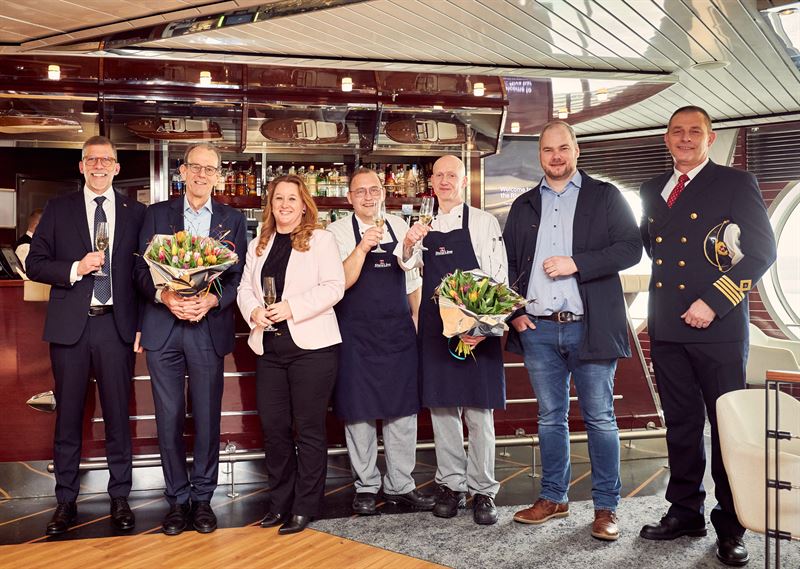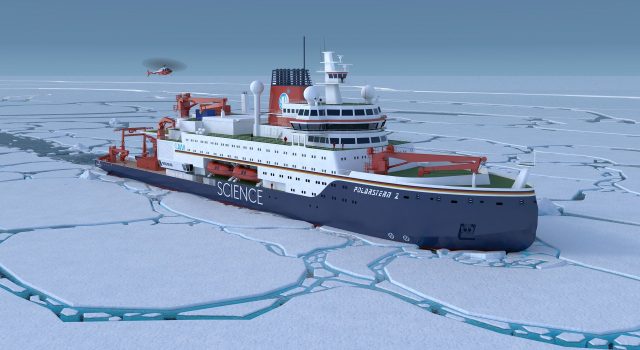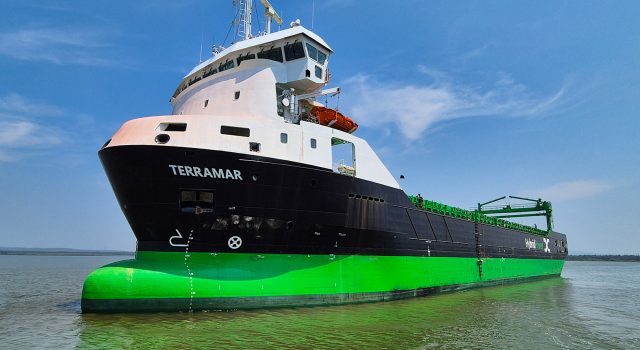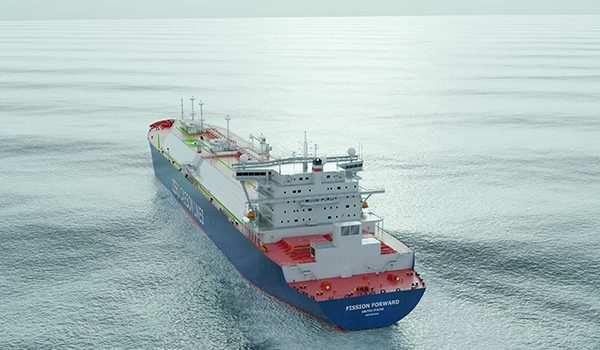The sister ships, which operate on the Harwich – Hook of Holland route connecting England to the Netherlands, are among the largest ferries in the world, and had their new look unveiled at a special event held this week attended by of hundreds of guests. In just 18 days, a team of 360 people per day successfully completed the transformation. During that period in drydock, each ship had the underwater hull fully blasted and painted with specialised paint to reduce friction and passenger seating areas were upgraded and rearranged to increase capacity.’
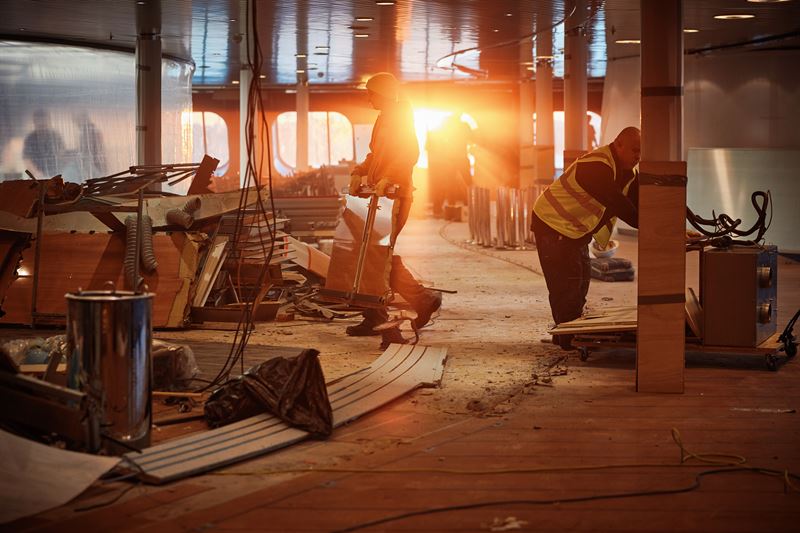
Travel experience upgrade
Based on feedback that Stena Line has collected from passengers, the recent changes have been designed to better align the service with passengers’ needs and have been specifically focused on the areas where guests spend most of their time. For example, the former à la carte restaurant has been replaced by a brand-new Stena Plus Lounge seating more than 100 people. For a small surcharge of £25, guests can access the spacious lounge which includes a variety of complimentary drinks and snacks – an ideal premium space for relaxing or working. For young families, a new space has been created: the Family Hub, with a range of entertainment for all ages. In addition, the smaller, cramped areas at the back of the ship have been removed, such as the cinema, meeting room and café, freeing up space for the more open and modern ’Social Bar & Café’. The ship has also had an upgrade to its Wi-Fi using ‘Starlink’ satellite technology, providing access to a faster and more stable connection during the entire crossing.
Fuel savings
Each ship’s underwater hull was blasted and given a new coat of silicone paint. The paint, which is free of biocides, prevents organisms such as algae from adhering to the hull and keeps it smooth. This ensures less resistance of the water during a crossing, which will result in annual fuel saving of approximately 780,000 litres. Per ship, this amounts to a reduction of about 2,500 metric tonnes of CO2 per year. Another benefit is that the silicone paint lasts for eight years instead of the usual two years.

30% lower CO2 emissions by 2030
As well as the savings achieved by using the special paint, each ship’s propellers were polished which reduces friction in the water resulting in less drag and, therefore more efficient energy use.
Erik Thulin, Trade Director Stena Line said: ”With the modernisation of our two ships, we are investing in our services and aim to provide our passengers with an even better travel experience. The renovation is the result of more than a year’s planning with a particular focus on sustainability to support our ambition to reduce our carbon emissions by 30% by 2030. As well as refurbishing and reusing our existing furniture, many lights have been replaced by energy saving LED lights and we are now using sustainable disinfectant Electro-Chemical Activation (ECA) water, instead of chemicals, to clean as many areas as possible. This cleaning product is generated by water, electricity and salt producing a natural disinfectant. We have removed all single-use plastic and cardboard and the restaurant has switched from a buffet to plate service to minimise food waste.”


